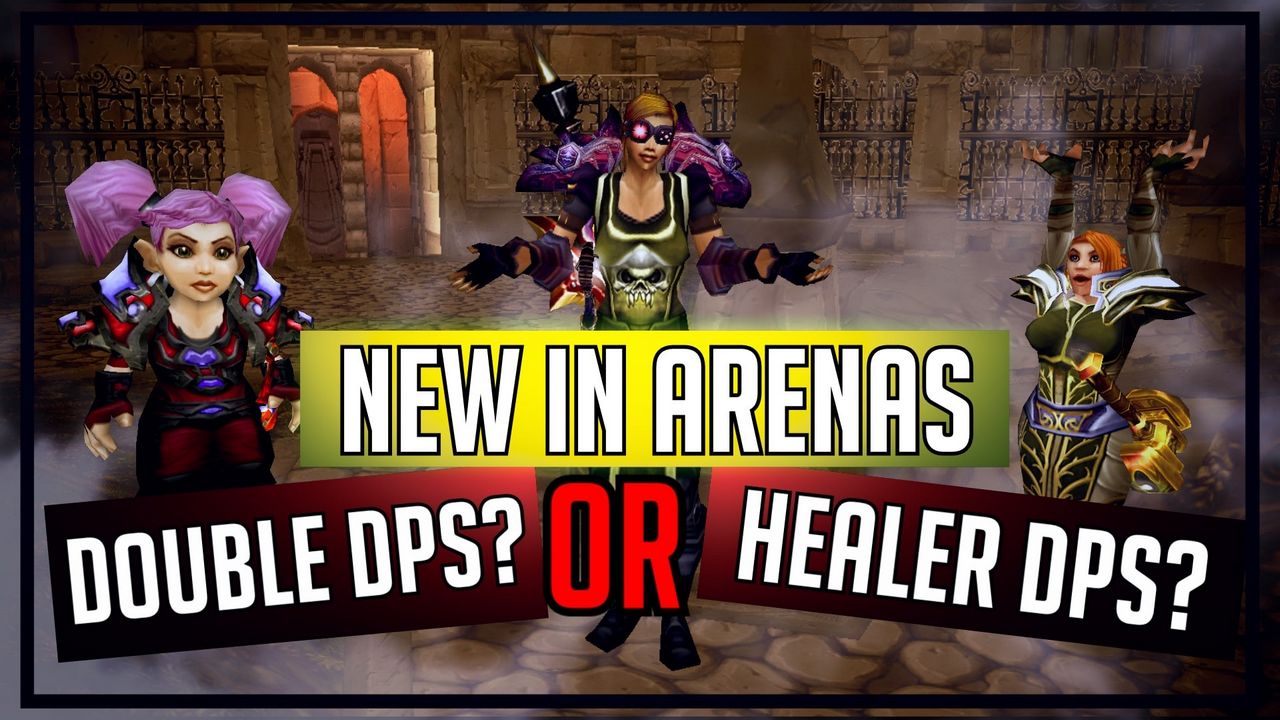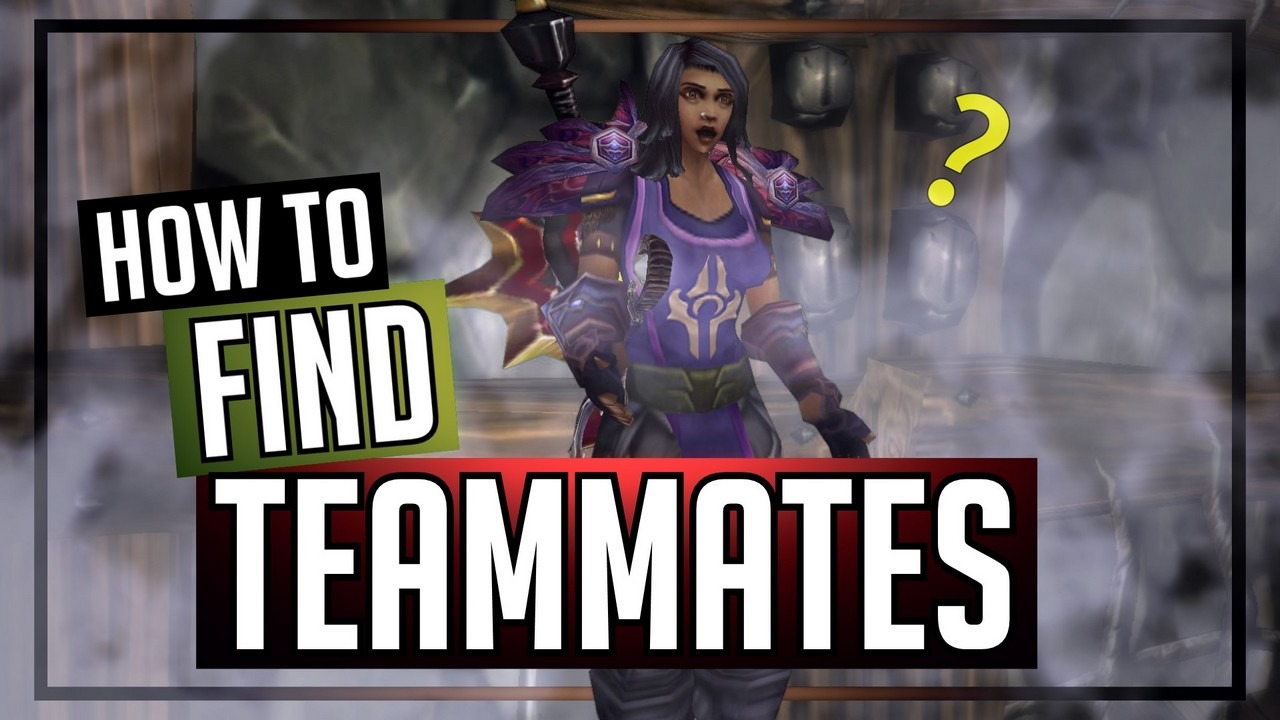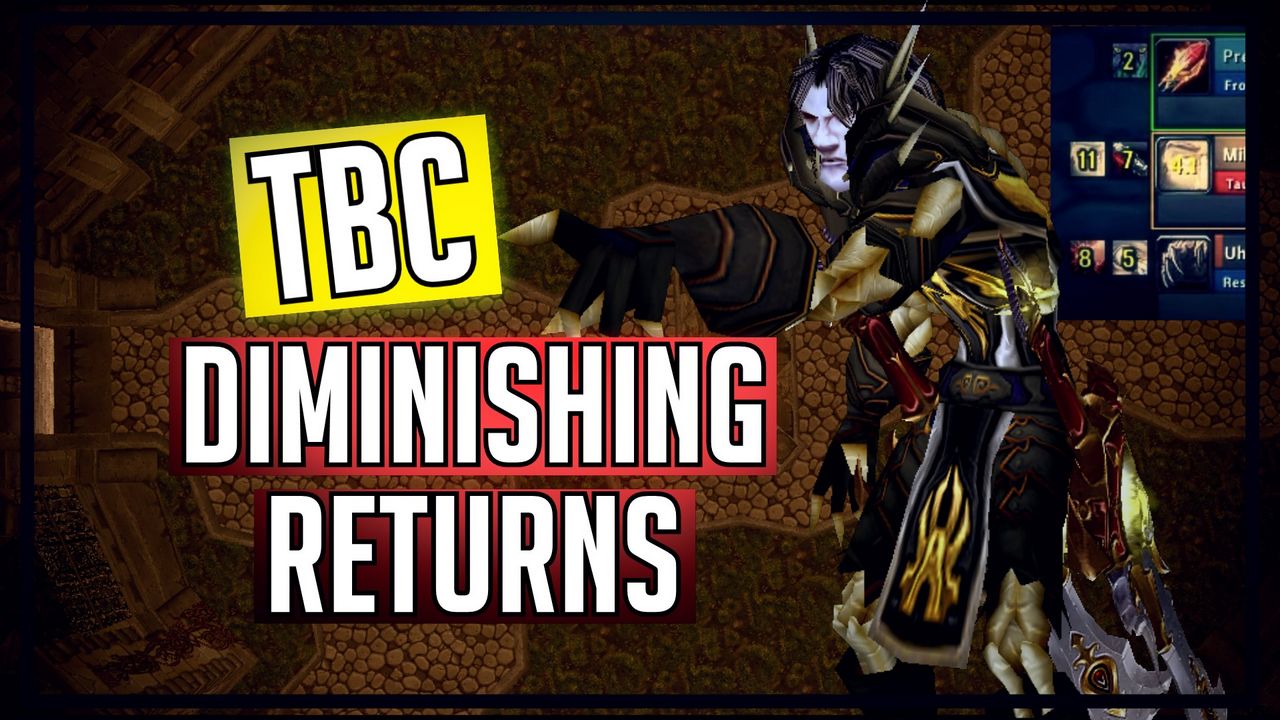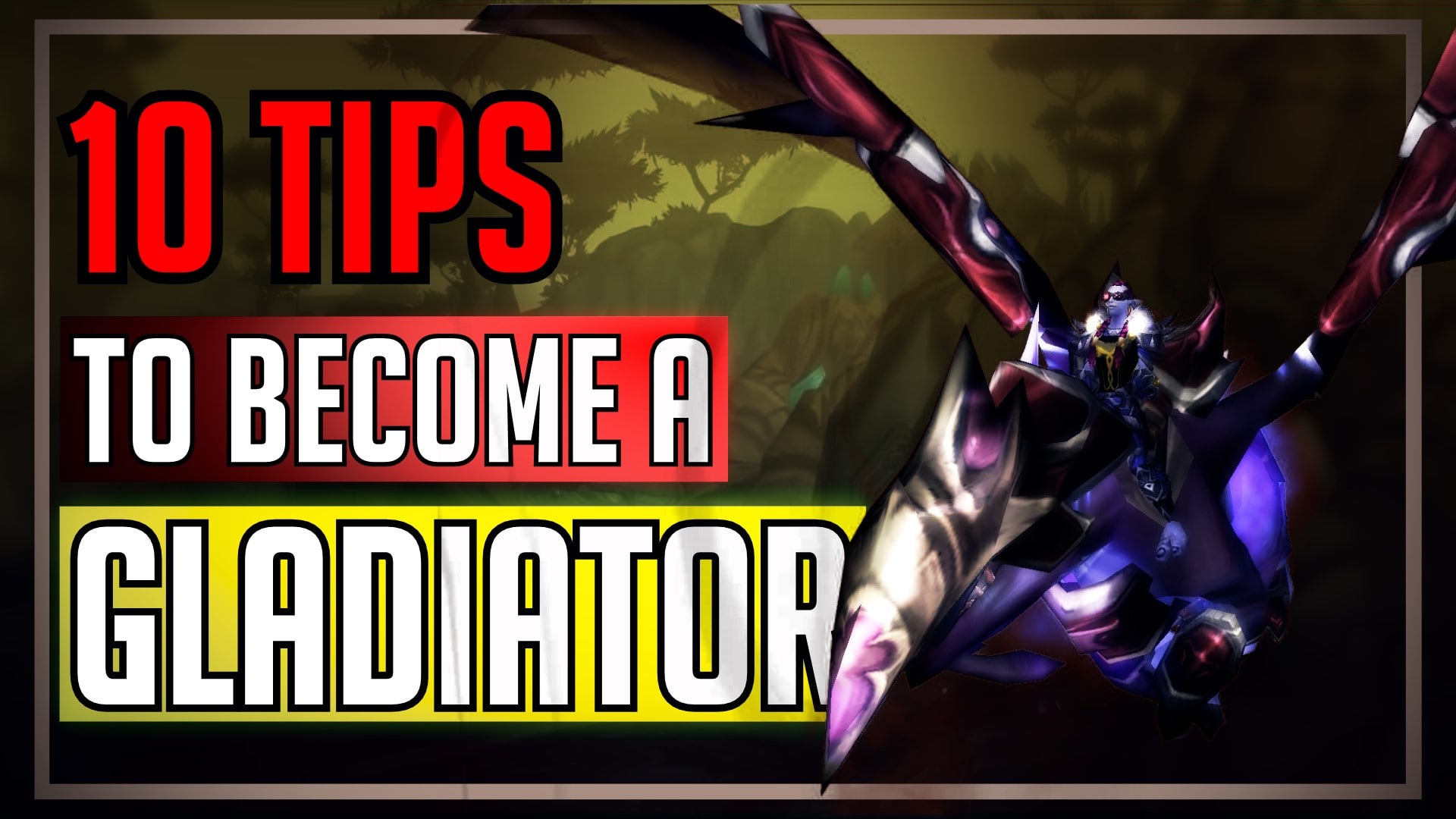Introduction to Arenas: The five pillars of WoW PvP
What makes a good player at any high level PvP in WoW in any expansion is a set of skills that are developed with experience and which can be put into five categories:
Mechanical skills
The mechanical skill is the way you interact with the game. In other words, the way you give and receive information from the game. The tools you need include:
– Macros: Macros are not mandatory but are nevertheless a great way to optimize your playstyle. Their purpose is to execute a simple or complicated action with speed, reliability, and ease. The macros you choose to use depend on your experience and your personal preference.
– UI/Addons: a complete and nice-looking UI and good addons that give you all the information you need to know about what is going on around you. As a rogue, there are multiple must-have addons to use such as an energy tracker, an arena frame with diminishing returns tracker, and so on.
– Keybinds: you need good binds to be able to play the game in a way that feels good to you, allowing you to respond faster after practice and building muscle memory. You can see how different arena players choose to use different binds and macros, it comes down to personal preference but will affect how you play the game in the long run.
Only time and practice will make you a good mechanical player, allowing you to respond quickly and naturally to any situation. This is referred to as micromanagement and micro gameplay. Examples: It includes performing:
– Openers
– A DPS rotation
– Cross CCs
– Kiting a target or using deadzone
– Interrupting casts
– Managing your focus and your target
– Energy management
– Combo points management
…without having to consciously think about the actions you’re performing.
It will also allow you to perform all the tricks given in the Silent shadows’ rogues tricks video series.
Tactical skills
Strategies and tactics are what gives depth to WoW PvP. You can find Arena strategies as a rogue in our dedicated section of the website.
The meta will evolve depending on different factors
– the expansion,
– the season,
– the team composition you’re playing
– the game mode (arenas, BGs).
A good player usually knows how each comp is played against each other comp, as well as the current key talents and abilities in the game.
Your goal is to know what openers, swaps, setups and CC chains, and win conditions you should aim for depending on the situation. While sometimes you will want to be sitting on a target and tunnel them, at other times swapping targets might be the right play.
This is learned with time and experience. Be it by dueling every other class or playing your comp against each other comp with a consistent partner.
This is referred to as macro-management and macro gameplay.
Positioning skills
You should ideally constantly keep in mind where you and all the other players in the game are located. As a rogue specifically, having slows and many CCs with crippling poison allows you to create distance if necessary.
– Opener: if you are facing stealthy enemies, do they have stealth detection or stealth increase? Can they try and avoid you by staying in the base, or going around the map, or pre-vanishing? Is it a warlock with paranoia, or can they AoE you out. (Check at our stealth guide)
Is there a hunter sitting in a flare with a trap, can you open it safely?
Another example is a shaman running in to put his totems in Loarderon’s arena, which you can deny by running in mounted, in which case putting his totems might allow you to get Sap on him. A shaman in Blade’s Edge arena might put his totems under the bridge to prevent you from killing them.
– Line of sight: one of the most important things is that you should not overextend and run out of LOS of your healer. A good enemy will try and lure you away from them, which is a strategy you can also try to use to your advantage and drag the enemy DPS away from their healer. Casters will usually prefer to play in open space, while you should be able to retreat and line of sight their casts if needed.
– Retreating and resets: Knowing the layout of the maps can allow you to reset or juke targets. Examples: Shadowsteping back up the bridge in Blade’s edge, or Shadowsteping an enemy totem to create distance.
Awareness and prediction
Considering the amount of information you need to process in WoW PvP, awareness is an essential skill to be able to perform well. It is a combination of all three previous skills.
It includes having your eyes moving looking at what is important on your screen and your ability to follow, on your enemies, your teammates, and yourself:
– Cooldowns (CD), controls (CC), and Diminishing returns (DR)
– Buffs and debuffs
– Positioning
This will allow you to start predicting what your enemy’s next move might be, whether in terms of CD usage, CC or positioning. Seeing an enemy offensive spell come off CD while you and your teammates come off DR, you might predict a setup from their part.
This is also about knowing when to reset: whether defensively to get heals and recover, or wait offensively for your CDs and for the DRs on the enemy team to fall off, followed by another setup and your next “go”.
At the same time, when your team is on DR after an enemy kill attempt, you can use counter pressure to attempt a kill while the enemy team will have a hard time CCing you.
Examples: pressure on an enemy healer will force defensive cooldowns: priests will use Pain Suppression, a druid might react with Barkskin or Nature Swiftness (for healing, or cloning your DPS), while a mage will Ice Block and a warlock might use Death Coil defensively.
An enemy druid running out of mana might try and run away to be able to drink and use innervate.
Communication
Learning how to talk while playing takes some practice but is one of the most important skills at high-level PVP. This includes telling your partners what CDs and CCs you have available to perform a CC chain if you should swap your kill target, if you’re about to CC an enemy or if instead you and your partner should reset to be able to recover from an enemy offense. We talk a bit more about this topic in this article: 10 tips to become a gladiator
Examples: important things can be when your partner tells you when to swap targets if he needs peeling, if you need to use a cloak of shadows or evasion to absorb an incoming burst, or if you need to stop an enemy healer from drinking. Knowing what information to say out loud and what calls to make is crucial.
What’s next?
Make sure to check our arena guides section!
Rogue is probably the class with the best potential in terms of adaptability and synergy with other classes. Back in retail times, you could find loads of high-rated rogue videos with a great combo variety. But after ten years of private server experience and evolution, the game has been theory crafted a lot and the 2v2 bracket reached its limits, so a large part of them disappeared or aren’t considered viable anymore for high-rated arenas. Nonetheless, we prepared arena guides for each 2v2 rogue viable team composition.
Browse our PVP articles in Rogue Life
Rogue Life is a magazine exploring different subjects around The Burning Crusade and Rogue class in particular, through articles, videos, interviews and more. We develop themes that are not substantial enough for guides (such as item comparisons, enchants etc) and will provide useful information for rogues who want to make the most out of the game.







